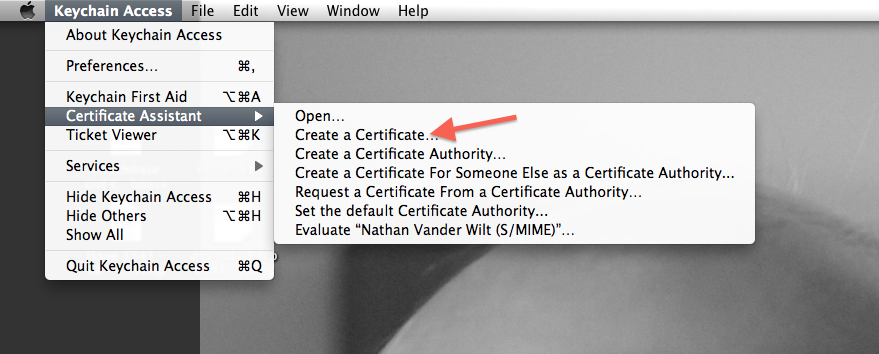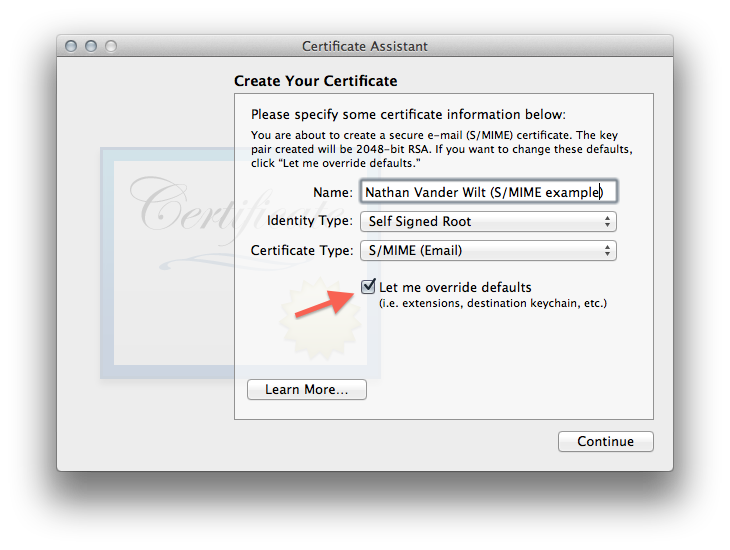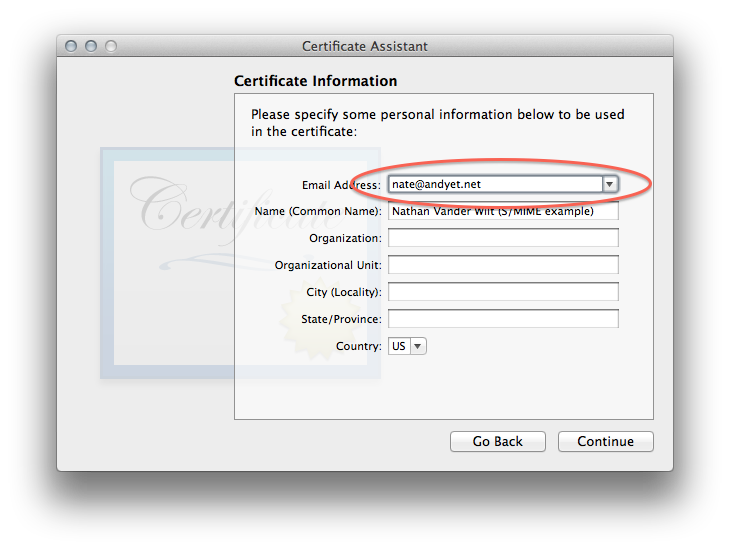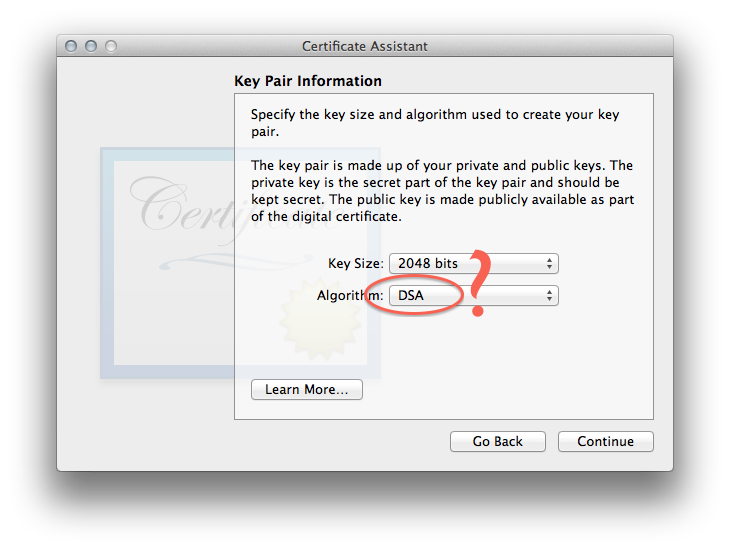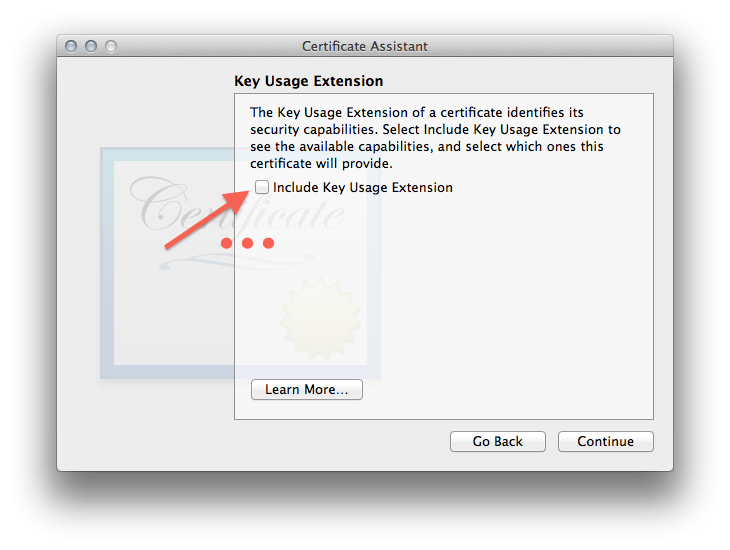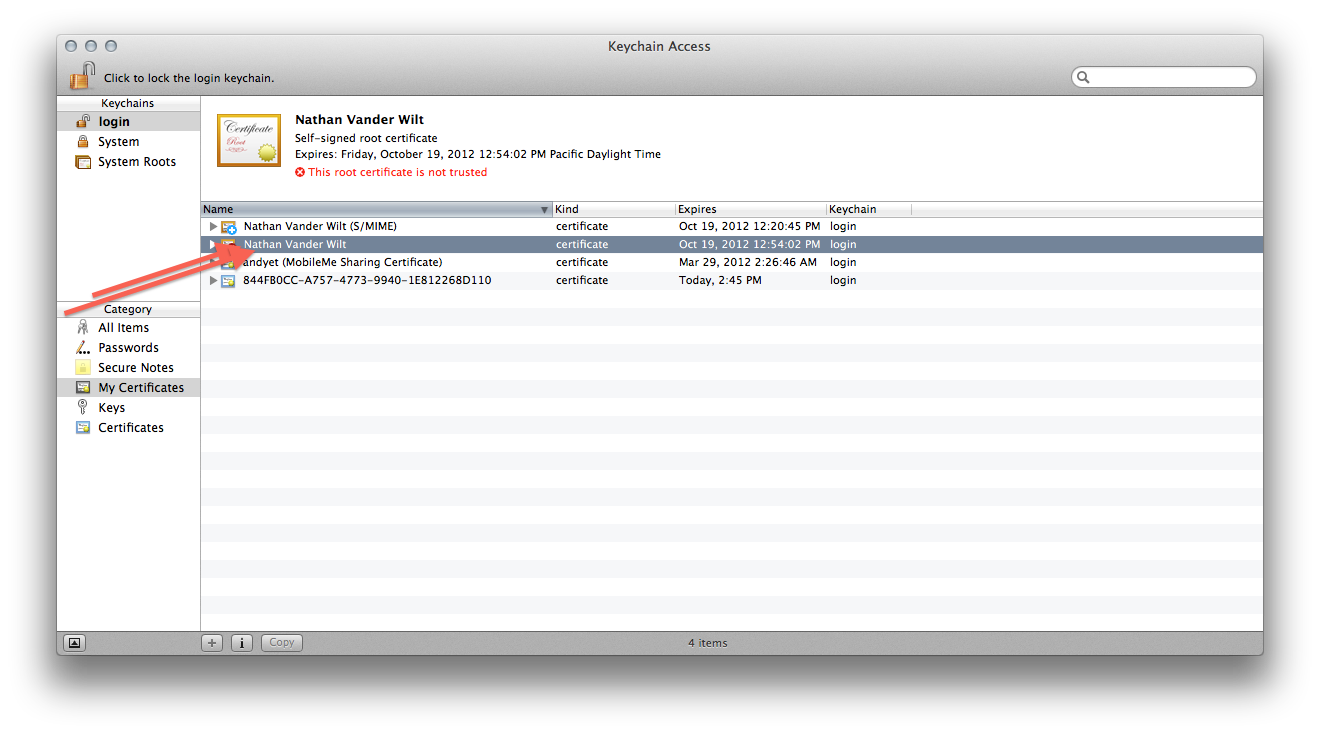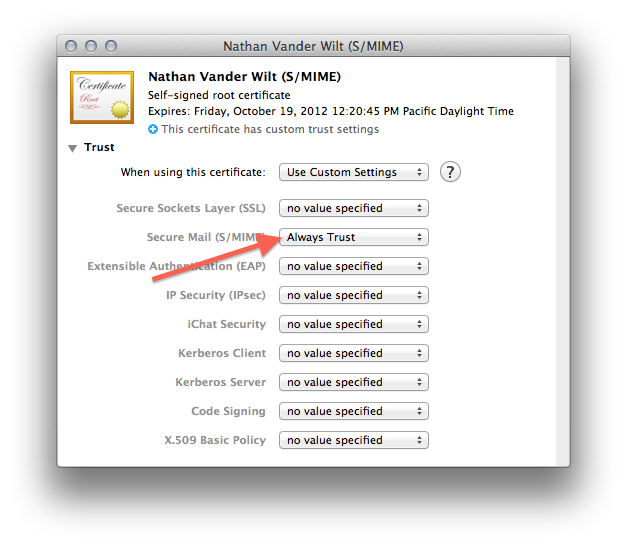Last week Apple held a press event and updated their developer agreements in anticipation of a major upgrade to their iPhone OS. One change in the App Store rules has been generating quite a lot of news: Apple now forbids writing applications using anything but native tools.
Much has been written about what this means for cross-platform toolkits, game engines and advanced programming techniques. Certainly, if this rule is taken to its logical conclusion, App Store developers can’t even invent programs in the shower. In short, Apple continues to bring “innovation” to their digitally restricted “revolution”.
But I agree with Michael Tsai in this article: “I doubt that Apple cares whether applications use libraries or interpreters or parser-generators for their engines.”
It’s surprising to me how many dozens of articles have focused on a tiny little extension of Apple’s incredible power over App Store developers. The written rules have changed a bit: so what? Apps still get rejected for all sorts of unwritten reasons or just sit unapproved for “continued study”.
Why is this? The official answer came last week, and it’s straight out of Orwell’s 1984: “There’s a porn store for Android…so we’re not going to [stop censoring apps].”
Translation: “We have triumphed over the unprincipled dissemination of facts.” to quote from Apple’s own “1984″. Either Steve Jobs has been buried by the confusion of his own Doublethink, or he is a liar. There is nothing right about pornography, but the best solution Apple can come up with is dressing every iPhone, iPod touch and iPad in a corporate burqa, strings attached to their Cupertino Ministry of Plenty?
So Android owners have the freedom to succumb to sensual lust, just like iPhone users can browse to any site they desire in Mobile Safari. It’s not the business of any corporation to have any say in what freedoms me or my children have. All Apple needs to do is take the provisioning infrastructure they’ve had in place for years, and give the user the right to decide which developers to trust. That’s all.
Until then, we are talking ourselves to death. I am certain now that either Apple hates the App Store and loves the HTML-based SDK they originally announced, or they love power and hate independent developers. Against evidence, I’ll give them the benefit of the doubt and go with the first option.
Web applications must overcome many technological, usability and privacy deficiencies. They cannot (or at least, should not) provide a native experience on most devices. Dealing with broad spectrum of screen sizes and browser capabilities slows down web development. While this means I won’t have time to whine much about some megalomaniacal yet innovative corporation down in California, it also means it will be an interesting challenge. And I do like interesting challenges.
I hope I’ve made myself abundantly clear through my many tweets and blog posts on this tired subject. I no longer have time to waste thinking, complaining or explaining about the dystopia of App Store development. Just as I enjoy listening to the music of Shostakovich despite the influence of Soviet censorship, there are so many beautiful and user-friendly apps that have been approved for these devices. I am happy that there are developers willing to produce under the conditions.
I’ll be even happier if a free world of decentralized Web technologies can compete well enough to encourage Perestroika in the motherland. Maybe then I can return. Until then, I’ve got some work cut out for me.

